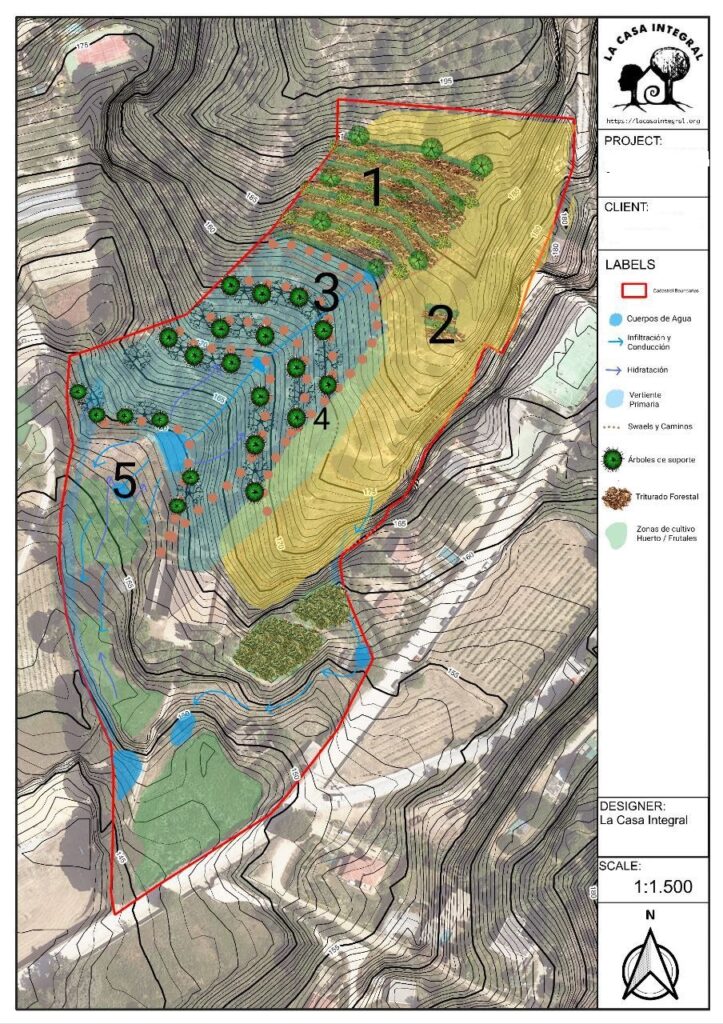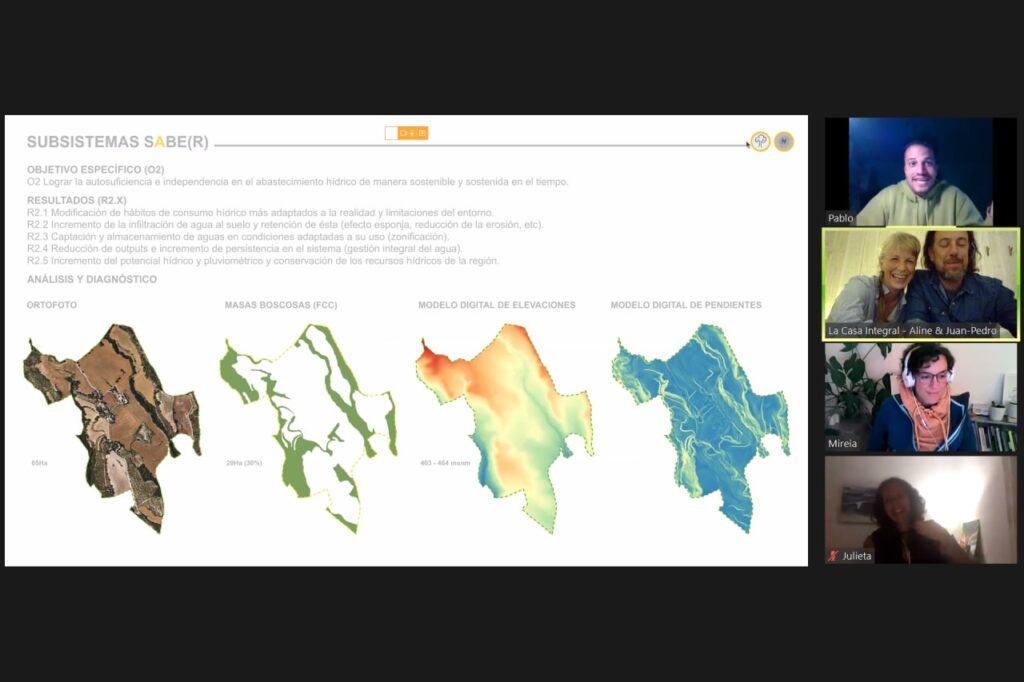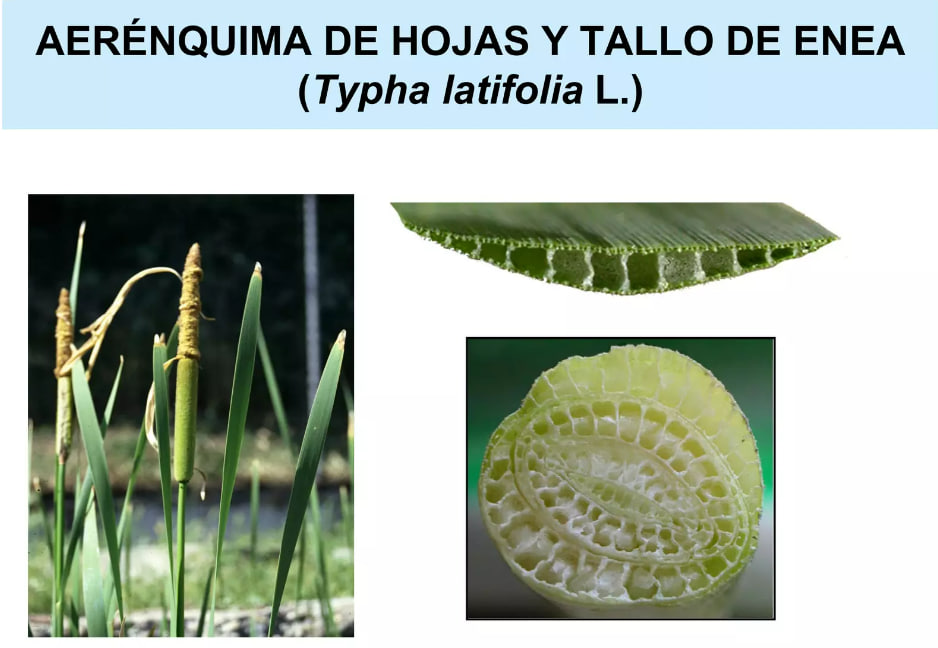
The 12 Points of Leverage
“Eureka!” “Give me a lever and I’ll move the world.”
These two phrases must be the most trending topics in the history of physics and mathematics.
Archimedes did not have Tik-Tok or Twitter or Instagram but still, or thanks to it, these phrases endure in the collective unconscious of the scientific community.
Curiously, this mathematician is known as the “father” of modern mechanics and of some of the great theorems of physics that are still taught in schools today.
We say curiously because although all his research on the lever and the fulcrum has been key in the development of Mechanics, it has also been key for one of the fundamental works of Systemic Thinking: “The twelve leverage points of a system”.
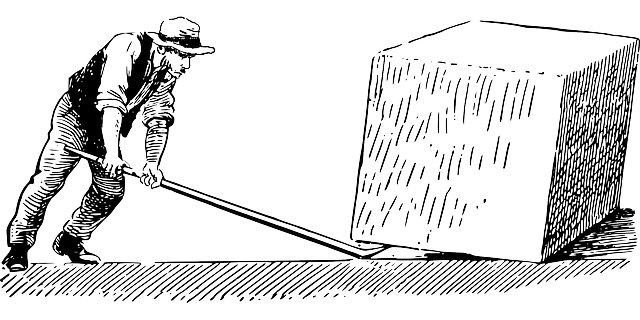
Just as a plant or a tree species is not “bad” on its own, but the influence it will have on its environment will be determined by a whole series of contextual factors, the moment of succession of the ecosystem, the number of individuals, subsequent management, availability of water and nutrients, etc. A tool, like a lever for example, may or may not change a situation depending on how it is used, depending on what its fulcrum is.
Permaculture is a Design discipline, a tool for Eco-Social transformation that is based on three main ethics:
“Caring for People”
“Caring for the Planet”
“Fair distribution of resources and surpluses.”
Therefore we already sense an intention of “positive impact” on your environment but sometimes we may be using the tool in leverage points of little influence.
The great merit of Donella Meadows was to use tools from Mechanistic Thinking to deepen Systemic Thinking.
Donella Meadows’ leverage points (Source: based on Meadows, 1999; credit: UNDP/Carlotta Cataldi)
Leverage Points can help us in our Design Process to analyze the transformative influence of our interventions. Just as when we do consulting or start a design project, in our Client Interview we review from how many people live in the place or how much land we want to cover to what are the objectives of the project or the Belief System of the people who will manage it. A broad view of the System to be designed provides us with valuable information for the Design of Visible and Invisible Structures.
Let’s look at these Leverage Points from lesser to greater influence and always keeping in mind that the interventions in a Permaculture design are generally multidirectional, therefore it is very difficult that we are only acting on one of the support points.
12. Constants, parameters, numbers.
If we modify some quantities of the elements of the system we may see changes but the overall behavior of the ecosystem in the long term will not be affected.
If I remove many trees from a forest, it will still be a forest but in a different state, but its behavior will continue to be that of a forest in search of its climax. The number of trees removed becomes significant when the system no longer has sufficient capacity to recover and succession does not occur, otherwise desertification sets in.
In social settings we can highlight the“Dunbar number“, which indicates that the number of faces/people we can recognize with names and characteristics is 150. More than that and the community becomes divided, individualism exists, etc.
11. The size of deposits and other buffer stocks, in relation to their flows.
The ability to store fluids, energy or food affects the flow and management of what we store.
If our pantry is small we need a more intense renovation and management and at the same time we lose temperature faster in its constant use because its thermoregulatory capacity is more reduced. If the pantry has adequate proportions it maintains its temperature better, I don’t have to fill it so often and that positively affects both the quality of what is stored and the energy we invest in filling it.
Another example is buying carrots. If you buy too many carrots at once, when you store more than you can eat (flow) in their fresh, crunchy state, there is a chance that some of them will turn to rubber. You can identify the optimal amount to buy so that this does not happen and so that you can always eat crunchy carrots (or you can choose the alternative of having them in the garden!).
10. Stock structure and material flows.
Linked to the previous point, each flow of material that enters or leaves the system has an operation and a structure that supports it. Sometimes modifying that structure can be very costly, for example the entrance of a plot where a truck with building materials does not enter, so we must modify the operability and supply the material with a smaller vehicle, even if it takes longer. If it is not for building materials (for example for the construction of a tool shed, for example) but rather for something that is needed often, such as when we are making baskets of vegetables from our gardens and delivering them weekly, as our business grows, it may be worthwhile to enlarge that access in order to improve our operability and the flow of those baskets and our energy to move them.
9. Duration of delays, relative to the rate of system changes.
Often the systems advance at a different speed than the interventions would like and sometimes it is the other way around. When we take too long to choose which fruit trees to plant or which green manure to sow, climatic factors may no longer be with us and we may “lose” a season, or sometimes we propose interventions that the people who have to implement them have not yet managed to understand, and this ends up affecting the quality and capacity of the intervention and its subsequent maintenance.
8. Strength of negative feedback loops, relative to the effect they are trying to correct.
The links, the relationships, between the elements of a system generate dynamics that can be either of “abundance” or of “erosion”. When we speak of Negative Feedback Loops we refer to those dynamics that do not drive that energetic direction but tend to stability.
When there is a Negative Feedback Loop in a soil, for example, it means that the interactions between Minerals, Organic Matter and Microorganisms are not producing more fertility. Or when a community of people in which a conflict is escalating resorts to external facilitation and starts a negative feedback dynamic so that the conflict does not grow anymore.
When designing these connections between elements, it is of great importance to identify where these feedbacks will go and to propose possible scenarios to correct… or not, before having a problem that affects the whole system.

7. Positive feedback loops.
Positive Feedback Loops are dynamics between elements that accelerate processes, whether beneficial or not, for the ecosystem.
Continuing with the example between people, if we do not design dynamics of connection, listening and empathy in a human group, we can find ourselves in a “spiral of erosion” that deepens the distance and conflict.
The relationship between slope, soil type and the amount of vegetation in a landscape can lead to a landscape’s constant loss of nutrients and water and therefore to chronic erosion that further inhibits the ability of vegetation to establish and modify soil texture.
Such feedback is “positive” because it increases a process but is not beneficial to the ecosystem.
6. Information flow structure (who has and does not have access to what type of information).
Information flows are key to the dynamics of a system and end up being cheaper to modify than the entire structure.
In a human group, in a family or in a village, the implementation of transparency and horizontal communication tools where all people have the same amount of information has a great positive effect.
In other words, when we water a bed full of plants, this water functions as new information that allows the free movement of nutrients and helps the system to move forward.
Or when a person does not allow themselves to “connect” with their body or emotions, that lack of information can lead to dysfunctional behaviors or disease in the long run.
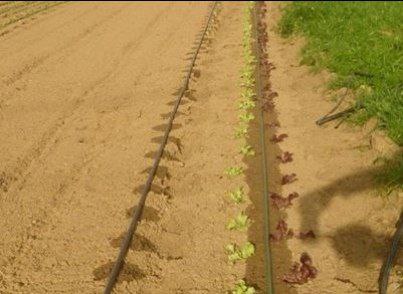
5. System rules.
Laws, rules of coexistence, a culture of punishment or incentives end up being tools for regulating the system in order to be able to function.
A plant that is spiked is cut and all the biomass is deposited in the same soil, a person who assaults another is punished according to the level of aggression, if an infant does his homework he can go play with his friends, if you work you receive money. The rules must be very clear and well explained, although this does not ensure that they are well received. The Ethical Principles can help us to write them.
4. The Power to add, change, evolve or self-organize the structure of the system.
A system’s capacity for self-organization is essential for its own evolution and is what allows it to self-establish new rules, define new information flows or manage feedback loops. When extreme control over this capacity takes over the dynamics of the system, the tension grows to the point of generating crises that allow such progress.
3. System objectives.
Key point for a Permaculture Design. Where does the system want to go?
Based on a clear definition of the objectives and functions to be covered, agreed between the parties, we can design the parameters, numbers, rules, loops, information tools, etc.
A non-existent or ill-defined objective can move the system to a place far away from where it really wants to go. A house and its courtyard can be a space for rest, work, research or public exhibition, perhaps all at the same time. It depends on how we define the interventions and the elements we install, and their relationships can vary greatly depending on the functions we want our design to cover.

2. The mindset or paradigm from which the system arises – its goals, structure, rules, delays, parameters
We reach the point of absolute leverage, not only for the conception of the system itself but also to develop all other relationships and tools. The mental place from where we create ends up determining what we create. Redefining how we inhabit this planet can change everything. Our narratives, Hollywood movies and advertisements, myths and for example therapies such as NLP have more power than we might imagine.
1. The Power to transcend paradigms.
The ability to “dance” between belief systems gives us the opportunity to discover a new one.
The scientistic paradigm, for example, may clash with the beliefs of some native tribes, but the ability to pose both as valid, and at the same time, may allow us a new look at reality… the semi-permeability of the eukaryotic membrane was the essential function that allowed it to survive and evolve.
As we can see this work of Donna Meadows brings us a totally complementary view to our Permaculture Design Process.
These twelve points can help us design interventions in broad social settings, such as municipalities; also in intentional communities or associations or in the individual. It is pure Systems Thinking that we can easily scale.
At La Casa Integral we love to have them present in our design work or advising projects of different scales. Also in our pedagogical work we have the tools of systems thinking present using facilitation dynamics that allow us to address different points of leverage.
The transformation of the world needs a great diversity of tools and knowledge…we hope that the ones we have explained in this article will fill your resource box a little more!
If you want to continue your training in the Permaculture Design Process, a Systemic Design discipline, don’t hesitate to take a look at our online training “#SABERES for a possible future”. If you wish, you can get certified in Permaculture Design by participating in the final group design. CDP #SABERES – The Integral House
Next start date: 09/21/2023
If an in-person training appeals to you more, we will be co-facilitating a hybrid PDC (online part, 8 days of living together) in Gran Canaria this summer, more info at Permaculture Design Certificate 2023 – Luna Red – Cultural Production (lunaredcultural.es)


